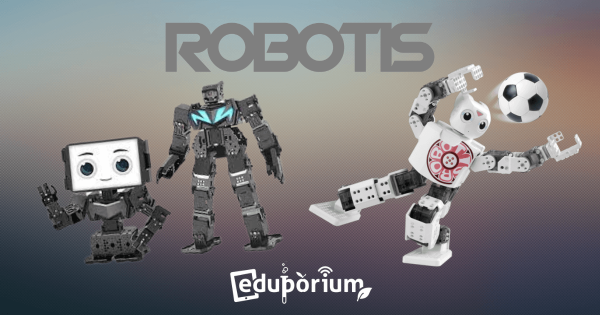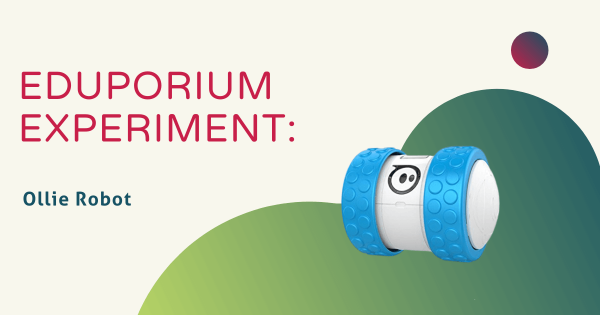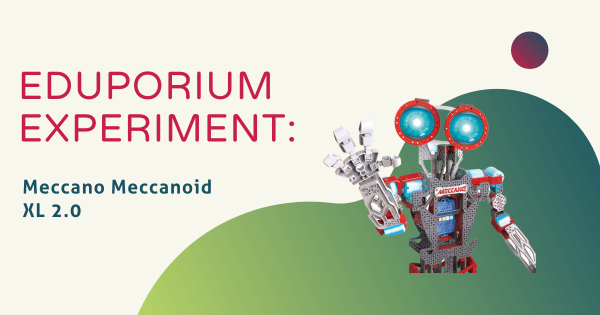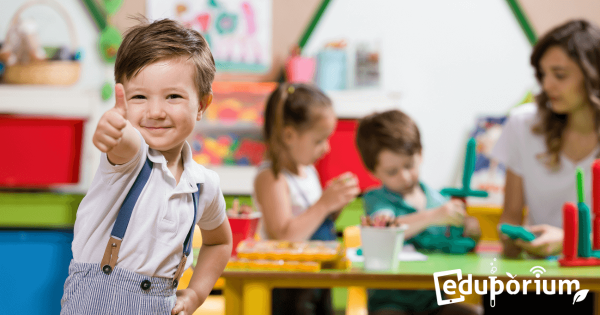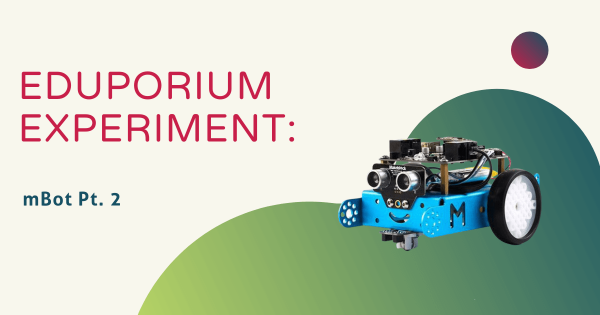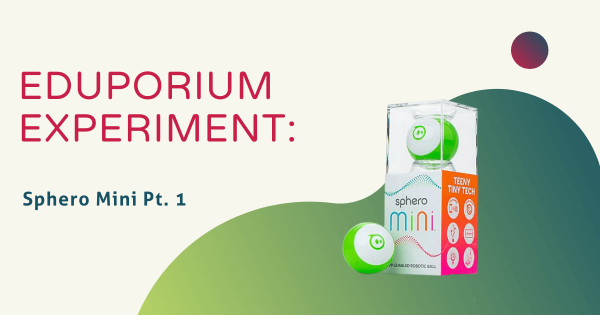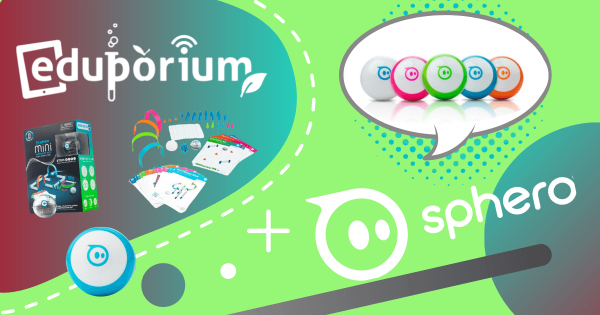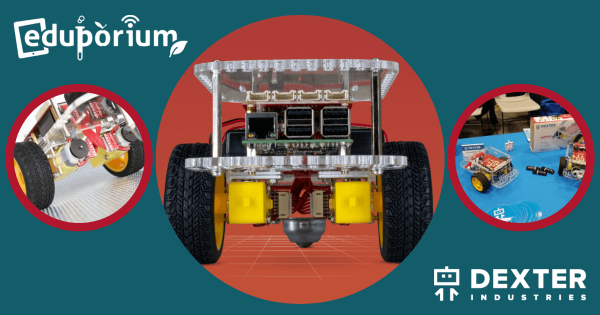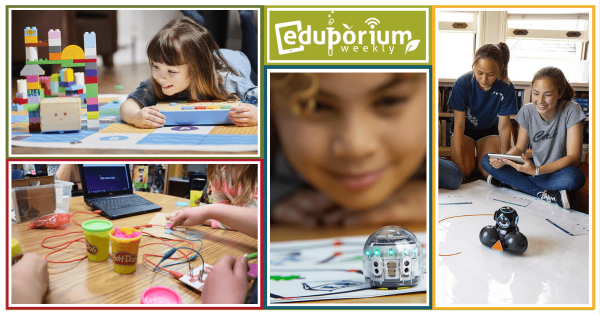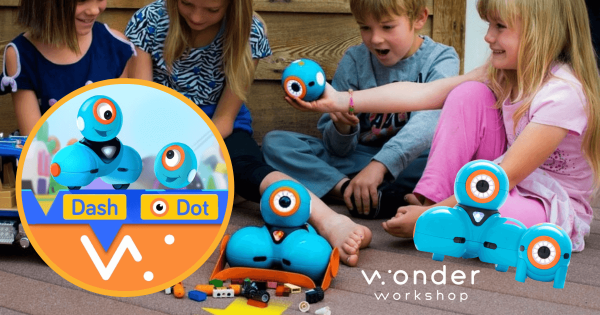Coding
Coding is, of course, a hugely important area of 21st century education. Whether they're as young as Pre-K or ready to enter college, coding is extremely relevant to almost every student's future. Thankfully, millions of educators and administrators realize the importance of teaching kids to code. Whether it's a curricular requirement or part of an informal school club, programming experiences are amazingly valuable for students. There's also plenty of options, so educators can find something without complicated or pricey features. In this section, you'll see a lot of different topics related to K-12 coding. These include features on particular STEM tools, insights on coding integration, skills students can develop and more. There's also something for teachers of all grade levels. Whether you teach the early grades or have students with the foundation to take the next step, you'll find helpful resources for teaching coding in the classroom.
Coding is truly an experience that all K-12 students can have. Starting in the early grades, students can code screen-free with a tool like the Cubetto Robot. Then, they can start to increase their coding skills and explore Blockly environments using tools like the Dash Robot, Ozobot Evo, and many others. From there, students can explore a bunch of different languages, like Snap!, Scratch, MakeCode, and more and, eventually, expand their skill sets by exploring text-based languages, like JavaScript and Python. All the while, the STEM solutions we advocate for also allow students to learn the most important coding concepts, like loops, variables, inputs, conditionals, and syntax. With a natural progression that leads to increased computer science competencies and enhanced future readiness, it's tough to understate the relevance of coding experiences in the classroom.
-
Why High School Is The Perfect Time For Robotics
There are robotics tools designed for classroom use and then there are the ROBOTIS robotics kits, which are all designed for serious STEAM learning. What makes these different? Well, they’re not just for breaking the ice and introducing robotics to students while they’re at a young age. Many of the ROBOTIS kits are designed specifically for high school students. -
Eduporium Experiment | The Ollie Robot
We know that there might be a lot of teachers who believe that children are experienced with SPRK+ and want the next best thing. Well, the Ollie robot can flip, spin, and perform combinations of tricks to keep all your students engaged! Programmable and drivable just like the SPRK+, the Ollie model can also help students take their robotics skills -
Eduporium Experiment | Meccano Meccanoid XL 2.0
The Meccano Meccanoid G15KS is a personal robot kids can build from the ground up. With three ways to program, voice recognition, and smart device communication, the Meccanoid might just become their best robot friend ever! Once built, it towers at almost four feet tall (122 cm) and it comes with 1,014 parts, two hand tools, a battery, and more. -
Eduporium Weekly | Using Tech to Help Students in Preschool
Generally, the common belief is that this should start around first, second, or third grade. What if it could start earlier, though? Like even as early as preschool. Those extra couple of years could wind up making a pretty large difference in the development of a child and, who knows, could ultimately help them reach greater heights. -
Eduporium Experiment | mBot Pt. 2
Makeblock’s mBot is one of the best educational robot kits for beginners on the market. Unlike most robots, students build this one from scratch, bolstering their engineering skills and getting into the inner workings and electronics involved with robotics. Designed for students in grades 1-7, the mBot is easy to assemble and a great entry-level robotics tool! -
Eduporium Experiment | Sphero Mini Pt. 1
App-enabled and Bluetooth-connected, the Sphero Mini is similar to the Sphero SPRK+, but brings some new and exciting features to the playing field. Students, for example, can drive the Mini using different modes, such as joystick, tilt, slingshot, or even face drive, which allows them to control the robot using their own facial expressions! -
Sphero Mini: The Smallest, Big-Learning STEM Tool We've Seen
The Sphero Mini is exceptional at introducing students to topics like physics, problem solving, creativity, collaboration, and coding. Unlike other robots, however, the Sphero Mini is completely round. This allows it to roll around—sometimes pretty quickly—and enables kids to control both its movements and speed with code. -
The GoPiGo: Raspberry Pi Robots for the Whole Class
This cool looking car—the GoPiGo Robot from Dexter Industries—is a great tool for helping students advance their coding skills. It’s buildable, so they get the engineering aspect of STEM education and, once they have it built, it’s programmable over a simple Wi-Fi connection! The single GoPiGo kits are great for children at home, at school, or in a camp. -
Eduporium Weekly | 15 Days of techXmas
If you’ve ever explored our site (if you haven’t, now is a pretty good time), you’ve likely seen hundreds of different EdTech tools, including some for every single age group and ones that cover just about every STEM area imaginable. We’ve got a gift for each of the 15 days of techXmas and, hopefully, you can learn something, too. -
Dash and Dot: Bringing Coding to the Classroom Just Got Easier
Most of the time, the best part of hands-on learning is the collaboration that comes with it. Thanks to the classroom packs recently added by Wonder Workshop, that remains the case. Over the last few years, the Dash and Dot Robots have helped students code, create, and become Future Ready with their engaging activities.




